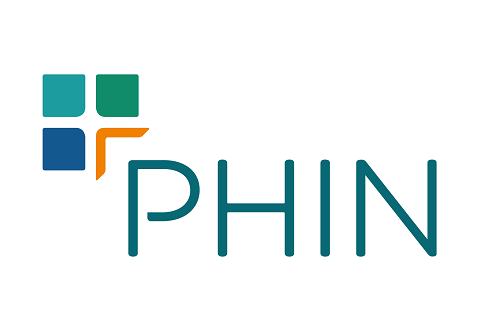2 min read
A newly-transparent world – what you need to know about clinical coding for private patients
![]() Monmouth Team
:
Jul 22, 2016 12:06:52 AM
Monmouth Team
:
Jul 22, 2016 12:06:52 AM

Until now, the private healthcare sector hasn’t had to code private patient activity to the same standards as the NHS. But this is all set to change. By September, all providers (including NHS) treating private patients need to have submitted activity data to the Private Healthcare Information Network (PHIN) using ICD-10 and OPCS clinical coding – the standards used by the NHS.
An opportunity to differentiate
Why? To encourage competition and comparison between providers, the Competition and Markets Authority (CMA) has made it a legal requirement for all private hospitals – including NHS private units – to use NHS-standard clinical coding. Better quality and depth of data will help providers demonstrate quality, value and differentiation – from each other and the NHS. Insight the CMA believes is important to patients and the public. Insurers are likely to be paying close attention too.
 From 2017, PHIN will start to publish statistics based on private healthcare data on a patient-friendly website. Over time, you can expect to be able to compare your performance against other providers – so will the public. The exact format and detail of this is still under discussion but it is expected to include crude and casemix-adjusted mortality rates, at hospital and consultant level. Other comparators may include the number of patients readmitted following surgery, infection rates and Patient Reported Outcome (PROMS) data. Visibility of this kind of information will allow hospitals to set themselves apart from the competition, benchmark activity against other providers and better understand healthcare trends.
From 2017, PHIN will start to publish statistics based on private healthcare data on a patient-friendly website. Over time, you can expect to be able to compare your performance against other providers – so will the public. The exact format and detail of this is still under discussion but it is expected to include crude and casemix-adjusted mortality rates, at hospital and consultant level. Other comparators may include the number of patients readmitted following surgery, infection rates and Patient Reported Outcome (PROMS) data. Visibility of this kind of information will allow hospitals to set themselves apart from the competition, benchmark activity against other providers and better understand healthcare trends.
What have we discovered so far?
Monmouth has worked with PHIN to help them understand NHS coding. We also provide the in-house clinical coding for five independent hospitals. Here are six lessons we’ve learnt so far; and what you need to know to address the changes without interrupting billing:
- Extra time to track down clinical notes: Consultant and outpatient clinic-held notes can mean more time is required to find and fill gaps in information.
- Data quality changes are significant: Diagnosis coding has never been done to this extent for private patients before and not all private hospitals provide full discharge summaries. Other challenges include NHS numbers, which have often not been recorded and can’t necessarily be obtained easily. Changes to the level of detail required about patients, diagnoses, comorbidities and treatment are substantial and will need to be managed.
- Engagement needs to happen now: Consultants need to be engaged early about new clinical processes to ensure the capture of additional detail and accuracy.
- Flagging knock on impact: Introducing new coding systems often shines a light on internal processes that haven’t been examined for a while. Information governance is a good example. Our experience is that getting it right means better overall risk management for providers.
- Invest in coding staff: There’s a shortage of trained clinical coding staff – but skimping on coding quality is short-sighted and will cause problems downstream. Experienced coders ensure your data is accurate and that hospitals’ complex casemix is properly reflected. In this newly-transparent world, your data should be in the hands of a qualified team.
- Technology is key: Hospitals need to think ahead and invest early in information systems that can handle both insurer and NHS-standard coding.
Private healthcare represents about 11% of elective care in the UK – not an insignificant level of activity. While the changes might mean some short-term pain, good quality data will bring opportunities and a new level of insight to the sector. Deadlines are tight and the devil is in the detail. If you would like to understand more about Monmouth’s clinical coding delivery or training, contact Denise Keane, Denise.keane@monmouthpartners.com
%20(1)%20(Small).png?width=854&height=257&name=Monmouth-Partners-white-out%20(1)%20(1)%20(Small).png)

